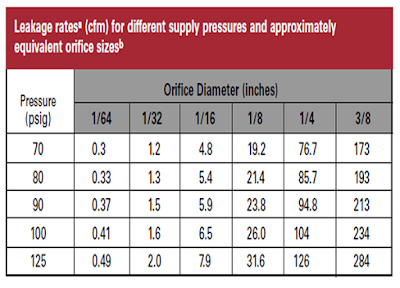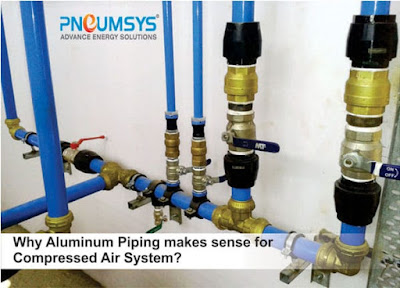CALCULATING % LEAKAGES IN YOUR PLANT | Leaks Repair | Compressed Air System Energy Audit

CALCULATING % LEAKAGES IN YOUR PLANT | Leaks Repair Whereas it poses a great challenge to estimate the sum of all leakages at one point of time in a plant, it is a simple calculation which gives one an excellent ball park figure as to how much 'trouble' the compressed air systems is in. To calculate leakage in a plant simply pressurize the compressor when the plant is shut down and no machines or equipments are operating. Then record the load and no load time of the compressor for a set period of time which could be anywhere between 30 minutes to an hour. The % leakage of the compressed air system is simply the division of the on load time divided by the total time the measurement has been taken. For e.g. If a reading has been taken for 30 minutes...and the total number of minutes the compressor was working was 7.5 minutes then the percent leakage of the plant is 7.5/30 = 25%. Advance Energy Solutions | Leaks Repair | About Us Leaks Repair | L...





